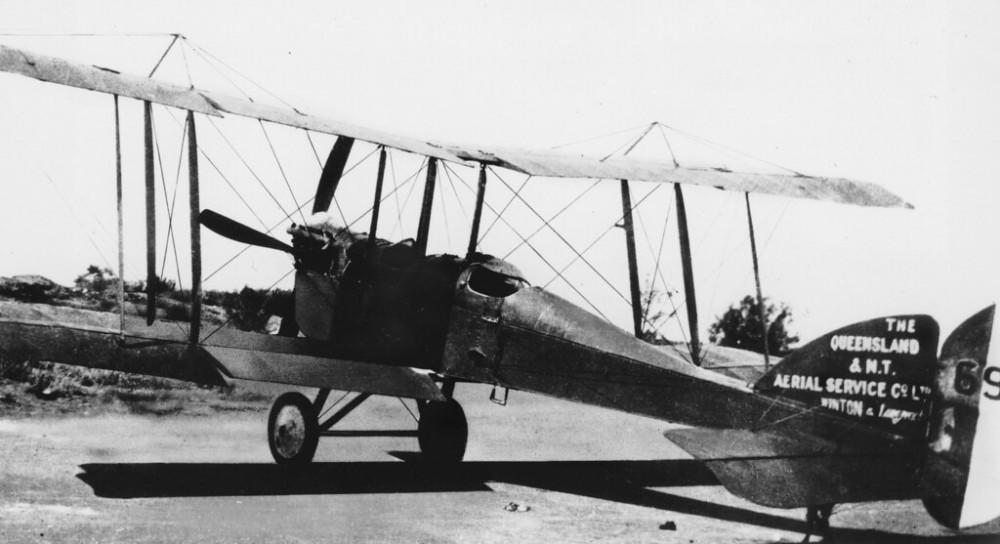Historical unmanned-aircraft setbacks

Starts have always been a shaky business in aeronautics history, chalking up countless, attention-grabbing failures. Analysis and ingeniousness then stepped in to turn these initial failures into a host of technological successes and breakthroughs, making aircraft a safer means of transport, something hard to imagine at the dawn of aeronautics.
The history of unmanned aircraft could hardly be otherwise. Setbacks have again been the order of the day; a huge number of difficulties have had to be addressed; complex technical problems have had to be solved to usher in today’s technology. Although the first unmanned aircraft date from more than a century ago, they are now enjoying a boom on the strength of the many technological capacities and applications they lend themselves to. These setbacks in the development of unmanned aircraft have without a shadow of a doubt contributed towards today’s technological prowess. We now look back at some of the most important and eye-catching of these unmanned aircraft failures.
In 1849 the Austrian Empire launched its attack on Venice, base of the Republic of San Marco, which had declared its independence. For this attack the Austrian Empire planned a bombardment with unmanned aerostatic balloons carrying explosives and shrapnel. The trouble was that a change in the wind direction sent some of these balloons back over Austrian lines, some of them exploding over the attackers.
One of the first unmanned aerial vehicles was the Kettering Bug, a small, wooden biplane. The US army conceived this vehicle as a flying bomb, planning to bring it into service in World War One. The Kettering Bug made its maiden flight in 1918, showing all too clearly the many issues still be dealt with: the aircraft stalled and crashed back to the ground shortly after takeoff. Despite eventually make a few successful flights, the aircraft was never actually flown in anger.
In 1944, during World War Two, the US gave some thought to launching remotely controlled, bomb-laden B-17 and B-24 aircraft against certain targets. One of the first drawbacks in this idea was the impossibility of pulling off a successful takeoff by remote control. At least two people were therefore needed to carry out takeoff and ascent maneuvers manually. The two crew members then had to activate the explosive charge, turn the aircraft over to remote control and parachute back to earth. It was precisely in this complicated process that Joseph P. Kennedy Jr. died (elder brother of the man who was to become US president a few years later, John F. Kennedy) when the charge exploded before he could evacuate the aircraft. Besides this lethal incident, the whole program was besieged with control problems, with the consequent loss of many aircraft and human lives.
As for rotary-wing aircraft, a light, unmanned helicopter called “QH-50 DASH” was developed in the US during the 50s and 60s of last century, with the idea of launching nuclear charges or torpedoes. This helicopter was fitted with two contra-rotating main rotors to control torque. It also had certain electronic devices, which proved to be the main cause of this helicopter’s history of operational losses. The final toll of US Navy QH-50 DASH drones lost at sea was 300. In fact the program came to be ironically known as “Splash-DASH-a-day”. Despite this checkered history, the US army continued to use some of these vehicles for calibrating various electronic systems until only a few years ago.
More recent failures differ greatly from these pioneering aeronautical efforts and warfare feats, but they still bring home to us the technical difficulties involved and the need for more technological progress and better-defined unmanned-aircraft regulation.
In a flight demonstration of a Portuguese Navy drone, witnessed by Portugal’s Minister of Defense himself, there was a launch fiasco caught on video by the media present at the event. The accident was apparently caused by a wrong aircraft launch procedure.
In recent months there has also been a headline-grabbing accident of the prototype hoverbike developed by Dubai’s policeforce. Although, strictly speaking, this is not an unmanned aircraft, it does have a high degree of automation (auto take-off, auto-landing…) and could be taken as an example of the first prototypes of the Urban Air Mobility (UAM) concept, almost bound to come into its own in coming years.
Whether due to forces of nature, human error or deficient technological progress, the truth is failures are inherent to the history of the aeronautics industry. These teething problems all contribute to the advance and development of unmanned aircraft. Their varied range of applications and possibilities are already affording a host of benefits, which are only likely to increase in the future. Failure is practically inevitable in disciplines as complex as aeronautics; the important thing is to learn from the past to improve the future performance, minimize risks and make further progress.
Author: Carlos Molina Delgado